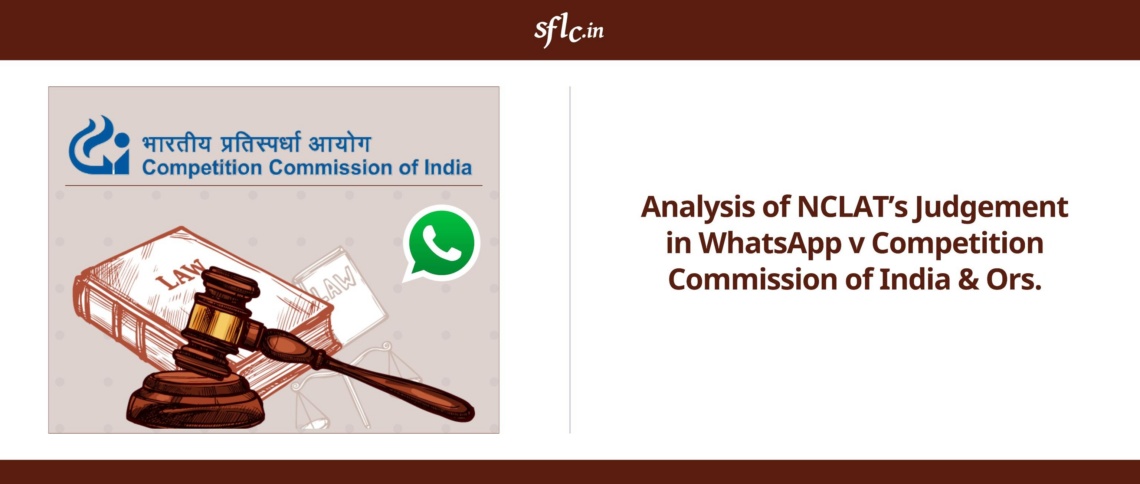It all started with a rather spectacular selfie taken by an Indonesian macaque in 2011.
British nature photographer David Slater was combing Indonesian jungles for the perfect shot of a crested black macaque when his camera was snatched by one of the animals, who then promptly proceeded to click hundreds of pictures with its loot. Though most images were blurry and unusable, a perfectly focused selfie taken by a grinning female macaque quickly grabbed headlines around the world and shot Slater to overnight stardom.
But things took a turn for the worse when the ‘selfie’ was added to Wikimedia Commons – an on-line repository of over 22 million freely usable media files that anyone can contribute to and take from. Slater had been under the impression that he had a copyright over the image as it was taken using his camera during a trip that required serious financial investments to the tune of £2000. Objecting to the image’s royalty-free distribution on-line, Slater filed an informal take-down request before Wikimedia, but was informed to his dismay that the image would not be removed as he did not own the copyright to the image. Though several reports cited Wikimedia as having attributed ownership of copyright to the macaque, this disappointingly enough is not the case. Wikimedia in fact claimed the image to be uncopyrightable since US Copyright Office policy is that animals cannot own copyrights.
This policy was further clarified by the US Copyright Office in the third edition of the Compendium of US Copyright Office Practices, a public draft of which was published on August 19, 2014. Section 306 of the Compendium speaks of “The Human Authorship Requirement” and says, “The US Copyright Office will register an original work of authorship, provided that the work was created by a human being…The Office will not register a work produced by nature, animals or plants”. The Section also cites as an example of an uncopyrightable work, “A photograph taken by a monkey”.
Even under Indonesian and English copyright laws (applicable where the selfie was created and where Slater is domiciled, respectively), the author of a copyrightable work can only be a “person”, to the certain disappointment of aspiring photographers from the primate community. In fact, the human authorship requirement is implicitly followed in all jurisdictions, including India. Section 2(d)(iv) of the Indian Copyright Act defines the “author” of a photograph as the “person” taking the photograph. Though the Indian Copyright Act does not explicitly exclude animals from copyright ownership, the employment of the term “person” in relation to authorship may nevertheless be understood to have that effect.
In addition, where there exists no author identifiable as such, copyright in works fall to the public domain as a general rule.
It would appear then that Slater’s claim to copyright over the selfie is unsustainable under law, though he could still claim copyright citing “creative contributions” made by him to the image in terms of ensuring perfect lighting or efforts at post-processing. Should he choose to pursue this claim, a decision in this regard can only be made by a Court of law after carefully considering the merits of arguments made by both Slater and Wikimedia.



